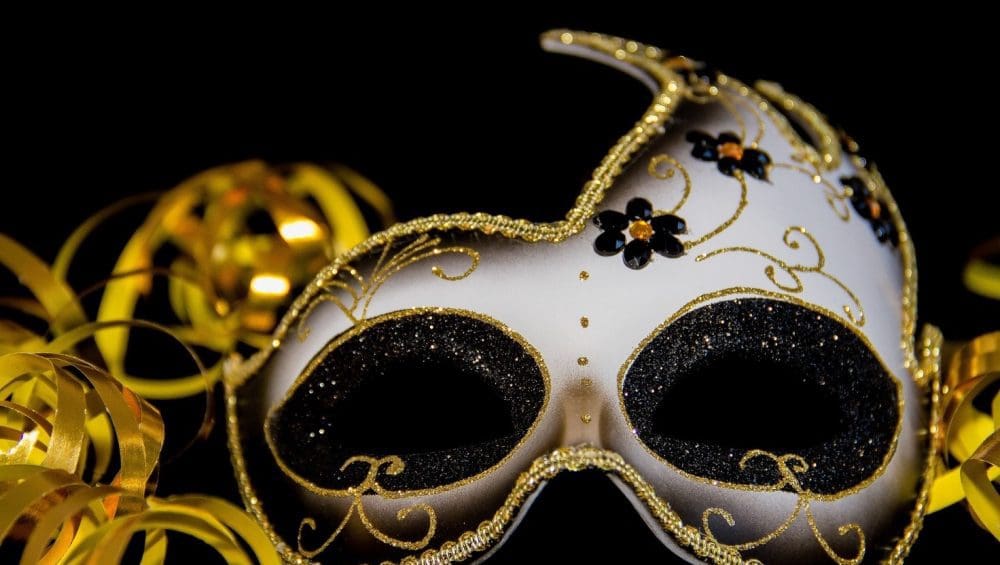The ancient Latin saying reads
“semel in anno licet insanire – once a year it is permissible to go crazy”
Carnival Origin
The common thread that binds Carnival, the mask or masquerade party par excellence, all over the world seems to be precisely the concept that is furthest from what the Romans called mos maiorum, good morals, morality.
But before we get to the Romans, let’s take a few steps back.
The origin of the Carnival dates back to 4000 years ago with the Egyptians and the rites in honor of Isis, the goddess of fertility.
With the Romans, the Carnival Festival coincided with the Lupercali, in honor of the God Luperco, symbol of Roman fertility. The period, for both Egyptians and Romans, is celebrated at the end of February.
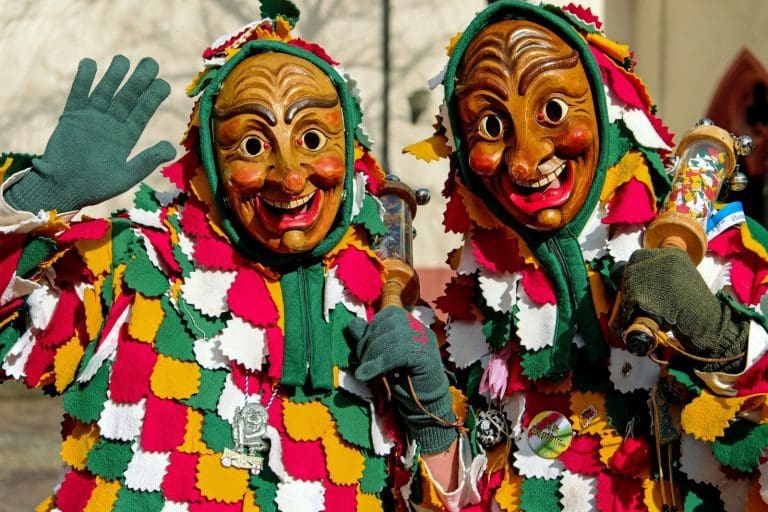
Sacred and Profane
The Carnival, between banquets, parties and masks, thus becomes a sort of social “level”: a disguise that hides the status of belonging and allows everyone to set aside moral rigidity for a day.
With Christianity, Carnival from the Latin “carnem levare”, Shrove Tuesday becomes the last day to eat meat before abstaining from consuming it during the period of Lent but also the last opportunity to fill your belly with sweets rich in sugars!
Tipical sweety food in Umbria
Whether it’s Egyptian, Roman or Christian, the “reasons” of Carnival are disguise (masquerade) and the consumption of food, especially sweets!
Let’s see what are the typical ones in Umbria:
- Frappe
Strips of sweet puff pastry in the shape of a bow. Covered with alchermes sugar or honey, they can be either fried (as per the original recipe) or baked in the “lighter” variant. In any case, the result is a crunchy, sweet and tasty pastry.
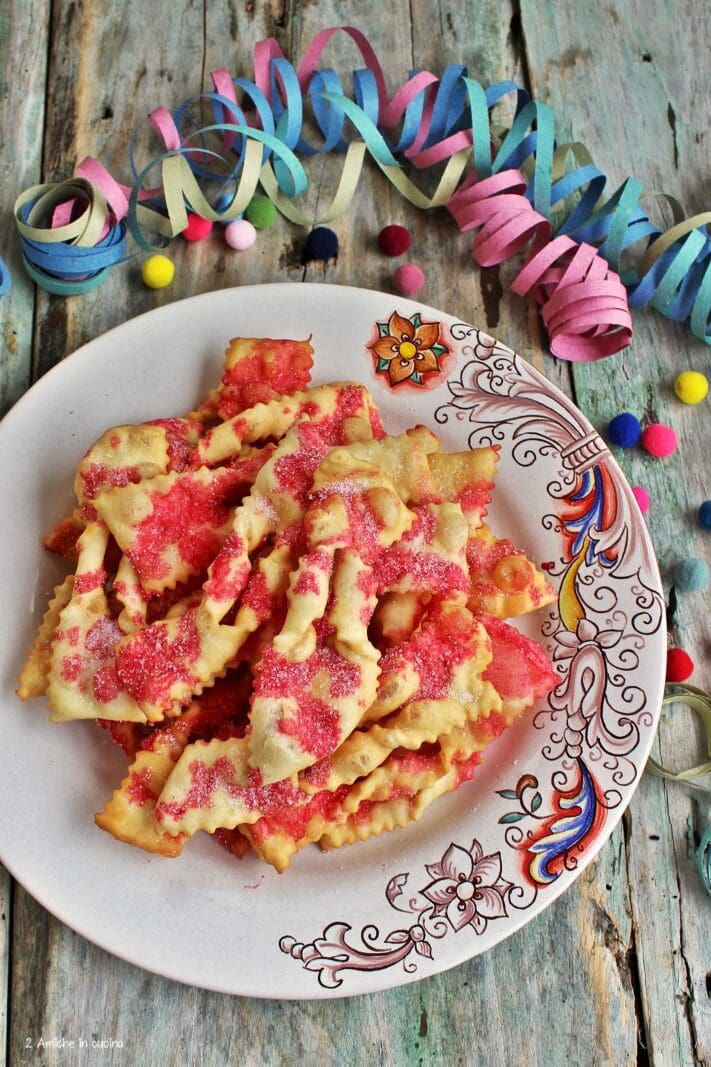
- Castagnòle
The name derives from the memory of the small chestnuts with their rounded shape. The dough is composed of flour, eggs, sugar, yeast and an aromatic liqueur. Also these sweets, as per tradition, are fried paying particular attention to making them golden on the outside and cooked well inside, helping them to remain round during cooking by moving the pan in a rotating direction. Then covered with sugar, honey or alchermes. - Strufoli
Traditional from Perugino, they resemble castagnole with the difference of having a softer texture and are, on the other hand, larger in size. They are then covered with sweet dripping honey.
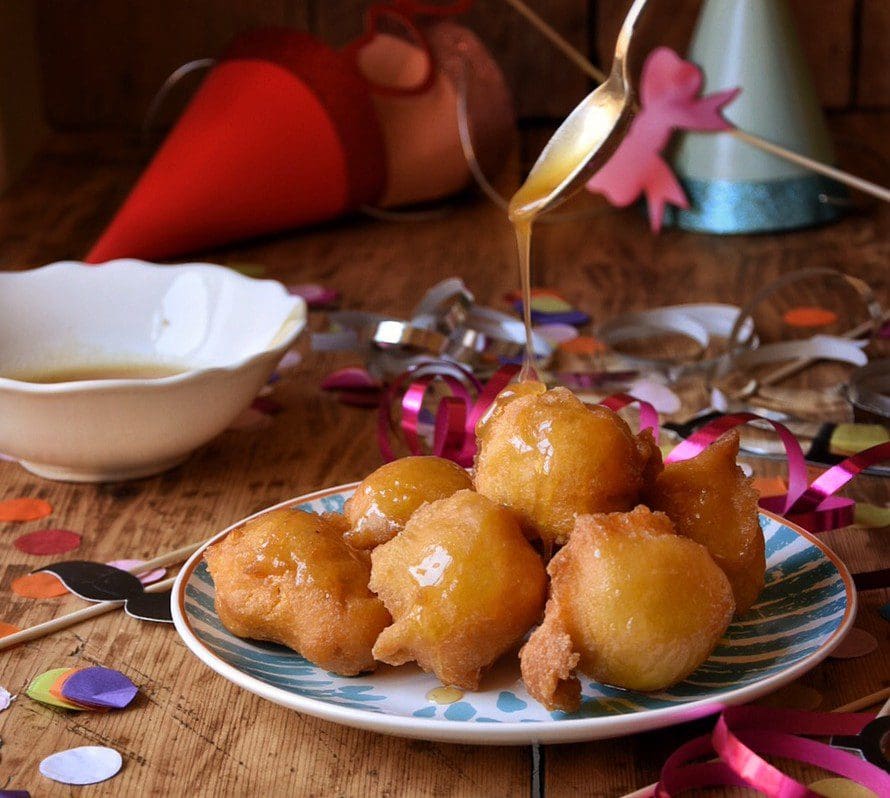
- Cicerchiata umbra
From the name of the Umbrian Cicerchia, a rounded legume, the cicerchiata is a crown of sweet balls covered in honey.
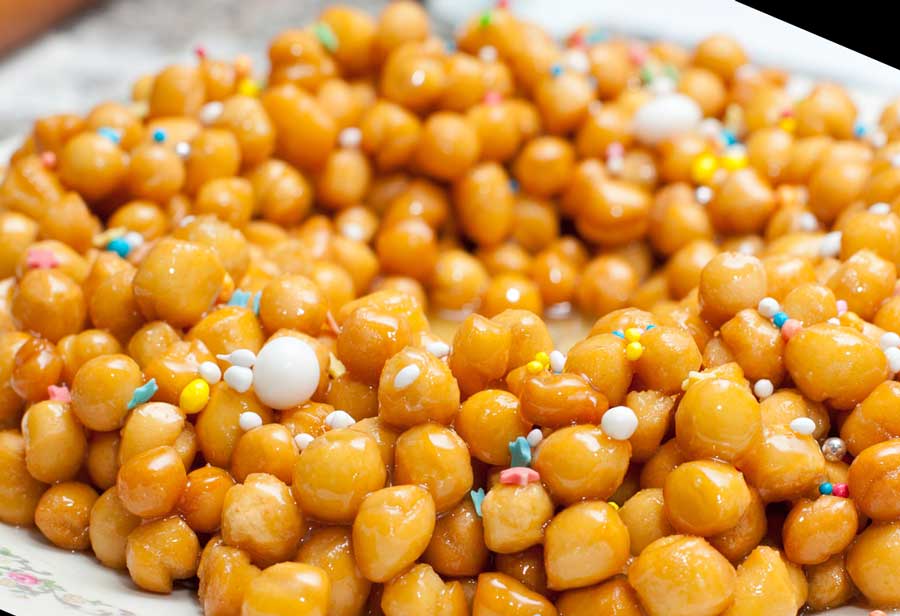
- Crescionda spoletina
With this dessert we move to Spoleto with its Crescionda.
Originally prepared with chicken broth, or lard, in fact also known as “grescia unta” for being particularly fat, sugar, cheese, chocolate and breadcrumbs were then added. Or the version prepared with apples and dried fruit. Today his recipe marries modernity using chocolate, milk and amaretti biscuits. It is also recognized as a Traditional Umbrian Agri-Food Product.
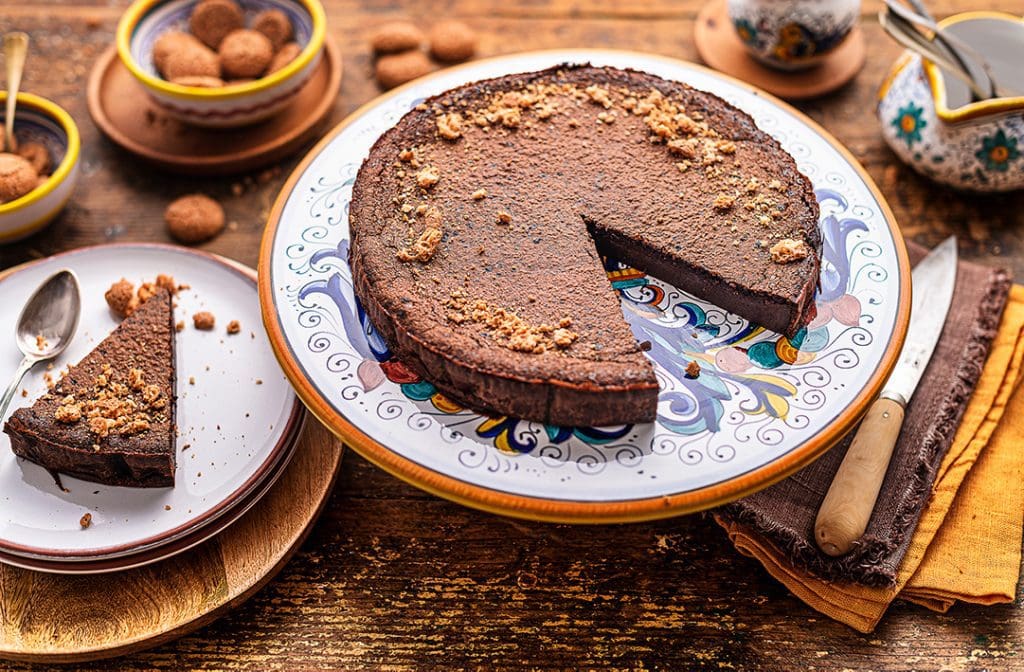
Credit photo
UmbriaTourism
Forchettiere.it
Antonio Gravante
2Amiche in Cucina


